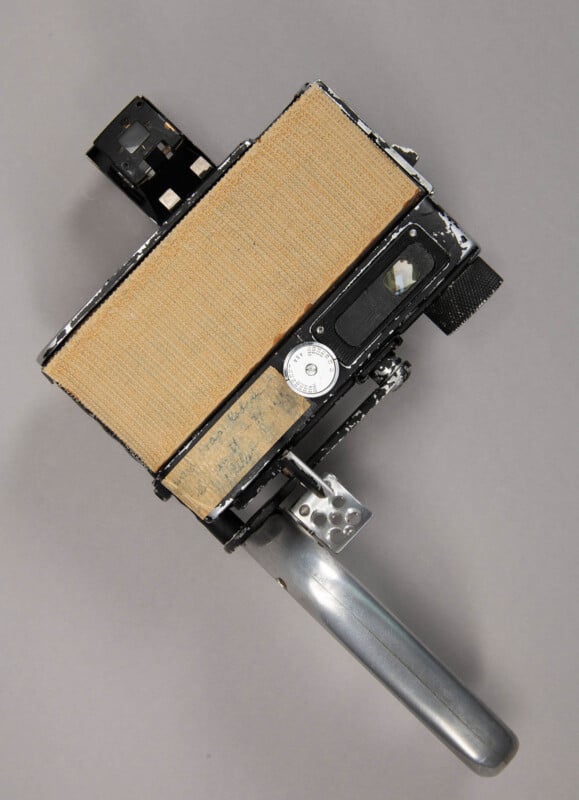How John Glenn’s $40 Camera Forced NASA to Rethink Space Missions
We’re about to take a trip back in time to the early 1960s and learn how a $40 drugstore camera forced NASA to rethink its space missions. Yes, it’s true. A simple camera purchased at the local drugstore played a pivotal role in shaping the future of space exploration and set the stage for space photography in a non-scientific domain.
But as fate would have it, they eventually caved and put windows in for two main reasons: to alleviate the claustrophobic conditions and to appease the diva-like tendencies of the pilots who needed to see where they were going. We can’t blame them, right?
Fast forward to the launch date of February 20th, 1962. John Glenn’s historical Mercury-Atlas 6 mission had been postponed 10 times already due to technical issues and weather conditions. Glenn, a seasoned pilot and astronaut, had just purchased an Ansco Autoset camera for a mere $40 from a drugstore in Cocoa Beach, Florida.

This camera, made by Minolta, was one of the first automatic exposure cameras on the market, which made it the perfect choice for Glenn. He wouldn’t have to fiddle with the aperture or shutter speed, which was a huge plus. The camera also had a built-in selenium light meter and didn’t require any batteries to operate. Everything was mechanically operated.
Now, here’s where things get interesting. Glenn, with the help of NASA engineers, quickly modified the camera to make it usable with his bulky astronaut gloves. They flipped the camera upside down, attached a pistol grip with special buttons to control both the shutter and film advance, and even moved the eyepiece to the bottom, which was now the top of the camera because they had flipped it.






Talk about some OG camera hacks!

When John Glenn finally made it into outer space aboard the Friendship 7 spacecraft on February 20, 1962, he said the camera was quite easy to operate and even used zero gravity to his advantage. “When I needed both hands,” he said, “I just let go of the camera and it floated there in front of me.”


During his three-orbit mission that lasted 4 hours and 55 minutes, John Glenn took the first human-captured colored still photographs of the Earth using this camera.

![]()
![]()
He shot 48 frames, which is more than the typical 36 exposures you normally get in a roll of 35mm film – that’s because NASA had thought about that too. Because there would be no way for Glenn to change film during the mission, they spliced two rolls of film together which were then fitted back into the camera with a special mechanism that could only be opened with a “NASA screwdriver.” This allowed Glenn to take up to 70 frames.
All this camera hacking was done hastily just days before the mission and on a camera that was essentially a $40 point-and-shoot toy.

What’s even cooler is the impact these photographs had on the world. People were fascinated by the images of our beautiful blue planet from outer space. It resonated with the public, and NASA quickly realized the importance photography would play in their future space missions. They couldn’t just send people up into space and not capture the magic and beauty of it all.
And to think, if the launch date had not been postponed 10 times, this may have never happened. But it did, and John Glenn, with his trusty $40 drugstore camera, became the pioneer of space photography, paving the way for future astronauts to capture the magic of space and share it with the world.
![]()
John Glenn may have been just like any other traveler, wanting to document his historic flight, but little did he know that his $40 camera would become a game-changer for NASA. The Ansco Autoset may have been a simple toy, but it played a significant role in space exploration history. It just goes to show that sometimes the smallest things can have the biggest impact.
About the author: Ross Harried is a photographer based in Wisconsin. You can find more of his work on his website, Facebook, Twitter, and Instagram.